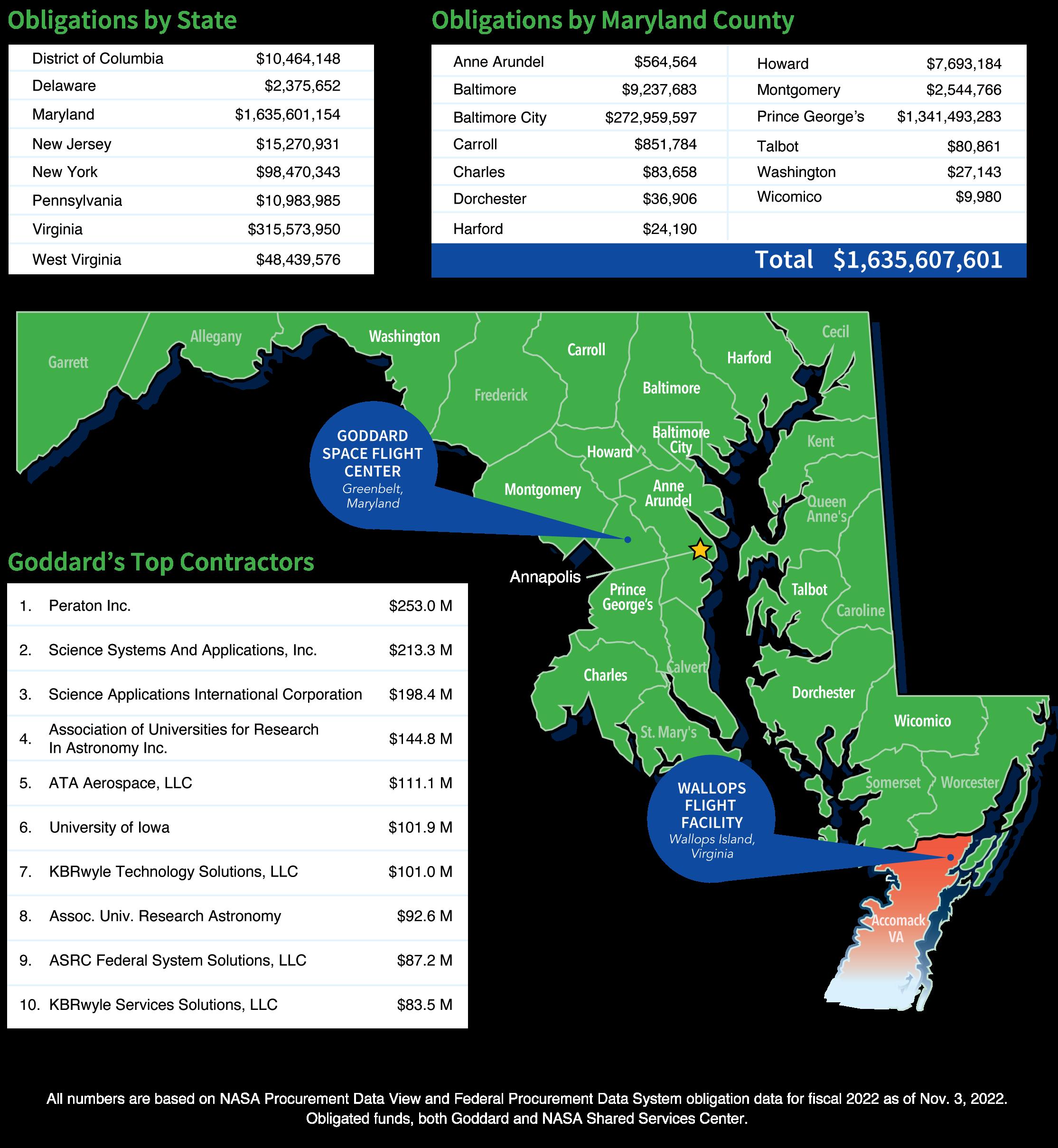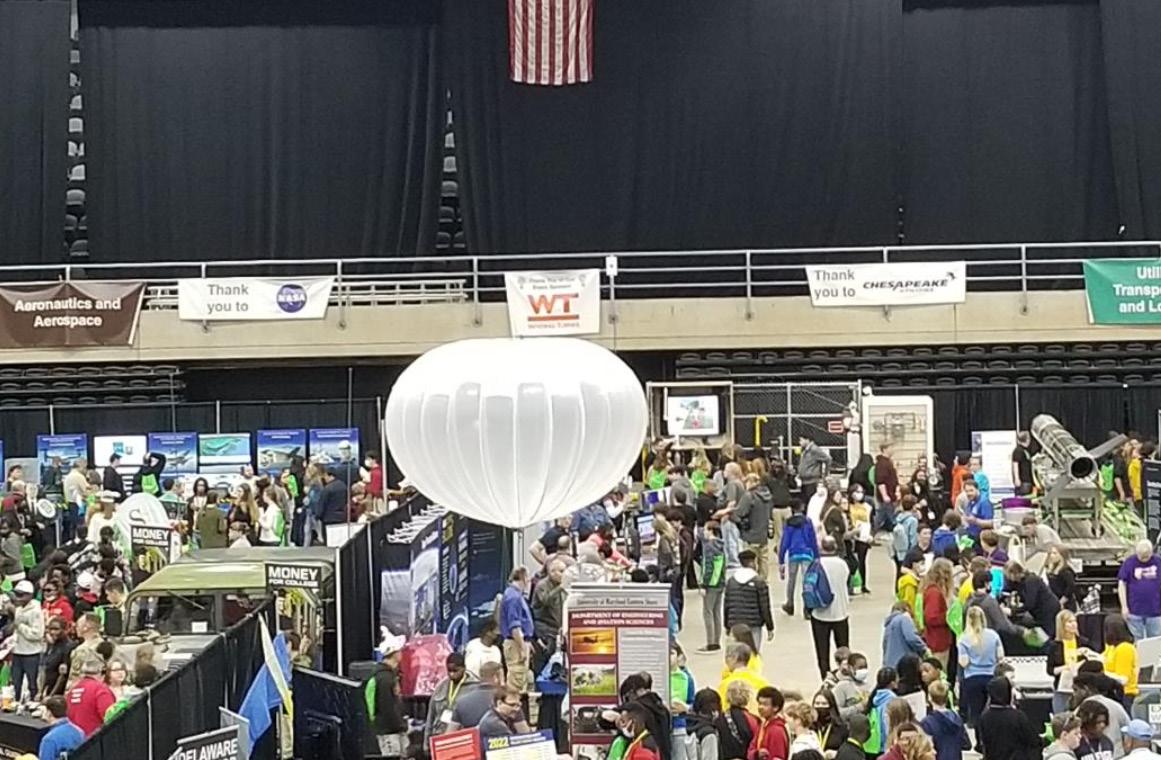
2 minute read
A MESSAGE FROMTHE DIRECTOR
A MESSAGE FROM THE DIRECTOR
Since our establishment in 1959 as the agency’s first spaceflight center, NASA’s Goddard Space Flight Center has grown from a handful of buildings and employees on our main campus in Greenbelt, Maryland, to one of the largest scientific organizations in the world overseeing six sites across the United States and more than 10,000 employees. Thanks to the dedication of our workforce – past and present – we have continually burnished our reputation as a global leader in our core competencies of astrophysics, Earth science, heliophysics, planetary science, and engineering and technology.
This year, like most of the rest of the world, we have largely rebounded from the deepest recesses of the COVID-19 pandemic, pushing forward with our mission of exploration and discovery while continuing to inspire others around our work.
After much anticipation, the James Webb Space Telescope launched in December 2021. Several months later, following an intense – yet, successful – commissioning phase, Webb produced eye-catching images for the world to see as it fulfills its expectation as the premier space observatory over the next decade.
As NASA moves forward in earnest with the Artemis program to send the first woman and first person of color to the Moon and eventually to Mars, Goddard is compiling data from existing missions to map the lunar surface, developing next-generation communications capabilities to prepare for the journey, mitigating risks by better understanding the space through which astronauts will travel, and studying lunar samples from previous missions as the past helps chart the future. We are confident in our contributions, setting the stage for what will be the next great space generation.

As we explore the farthest reaches of the universe and help NASA set foot on other worlds, we never forget that Earth is home for all of us. Informing scientists and policymakers worldwide of changes to our climate and Earth’s systems is vital to our mission. Our portfolio of Earth-observing spacecraft is second to none, and we are proud of the global resource we have become in addressing what is arguably the toughest challenge our planet has ever encountered. Meanwhile, our heliophysics capabilities augment our understanding of the effects of space weather on Earth as well as its effects in places we want to go.
These endeavors are among the greatest that humanity has ever undertaken, and whether Goddard is leading the way or playing its part in a larger agencywide effort, we are proud to serve our stakeholders, including the largest and most important: the American people and humanity at large.
This report highlights our past year in greater detail, focusing not just on our achievements, but also on the opportunities that lie ahead. After all, by their nature, exploration and discovery are never-ending. I invite you to read the pages that follow and learn more about how our people are paving the path for the present as well as future generations.
On behalf of the people of NASA’s Goddard Space Flight Center, thank you for your interest in our work. We look forward to demonstrating how our center is redefining what is possible in the universe.
Dennis J. Andrucyk Center Director











